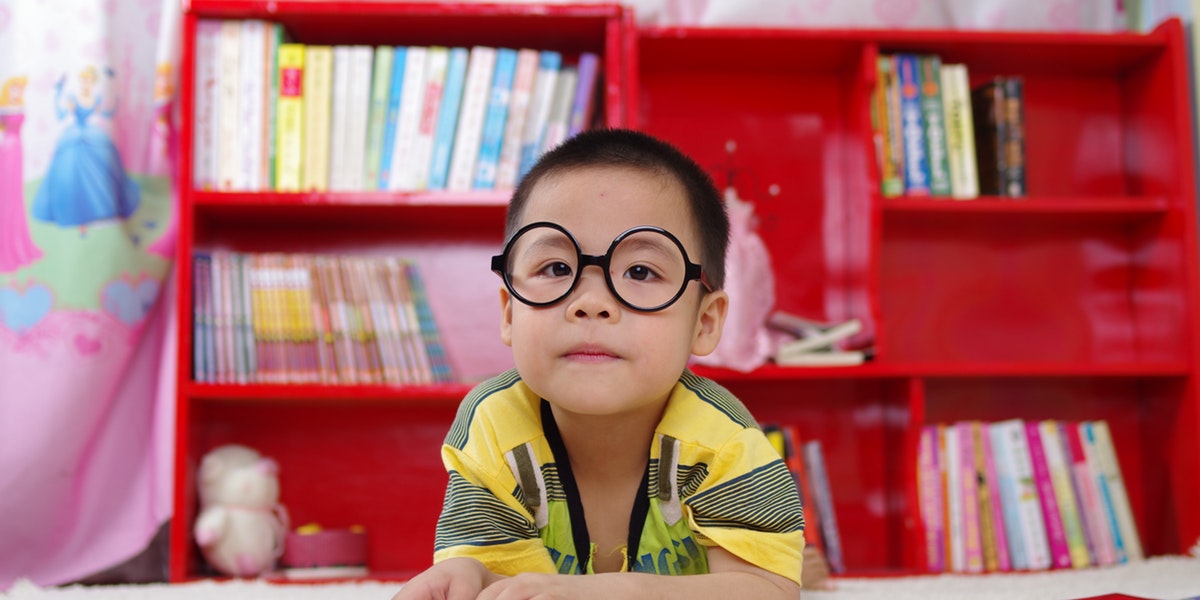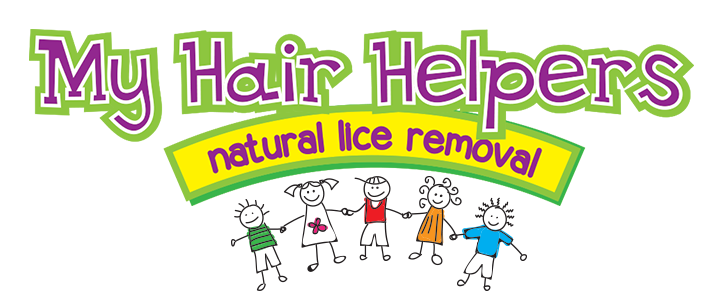Once your child enters school, you have less control over their day-to-day activities. It’s likely that your child shares items, has a cubby close to others and engages in head-to-head contact at least some of the time. Unfortunately, these are all opportunities to spread head lice from one child to another.
To prevent head lice outbreaks, it’s important to talk to your child about what lice are, the most common ways they are spread and what can be done to prevent outbreaks. You can start having these conversations with children as soon as they enter preschool and kindergarten.
Here are five things that young children should know about head lice.
1. Avoid head-to-head contact
Lice cannot jump or fly, so they manage to get around by crawling. This is why lice are most commonly spread through head-to-head contact. Remind your child not to touch heads with other children during storytime, playtime, dress-up, etc. Even if your child doesn’t grasp the importance of this yet, they will over time. As they’ll come to learn, avoiding close contact is the most effective way to prevent the spread of lice.
2. Don’t share personal items
Another thing to discuss with your child is the importance of not sharing items like hats, scarves, combs, brushes, hair ties, helmets, towels, etc. Even though young children are encouraged to share, not everything makes the list. However, if you have an overly generous child, rest assured that spreading head lice through personal items is actually quite low. Lice can only survive off a human host for 24 hours.
3. Keep personal items in a cubby
It’s common for kids to throw hats and scarves into piles, but this can increase the risk for a lice outbreak. Teach your child to keep their items in their own personal cubby. If they hang their stuff on a hook next to other coats, show them how they can keep hats, gloves, scarves, etc. tucked inside their coat sleeve.
4. Know the signs of head lice
An itchy scalp is the most common sign that your child has head lice. However, we encourage parents not to focus on this solely, as it’s possible to have lice without this symptom. In fact, it’s usually not until the infestation is severe that a child will complain about their head itching. A few other signs that your child should know to report to you are:
- Trouble sleeping
- Tickling feeling on the head
- Small red bumps on the head, shoulders and neck
5. Head lice are not a sign of being dirty
Misconceptions about head lice can cause unnecessary panic and isolation. To change these perceptions, it’s helpful to dispel the common myths about lice. For example, head lice have nothing to do with being clean or dirty. In fact, it’s often clean, shiny hair that lice like best because it’s easier to climb up!
As your child gets older, they can take more responsibility for themselves, including decreasing their risk for head lice. There is no way to prevent the spread of lice 100% of the time, but healthy habits can significantly lower the risk. The sooner you teach these habits to your child, the sooner they will stick!
For a full selection of safe, non-toxic head lice prevention and treatment products, shop on Amazon for My Hair Helpers solutions. If you’re a local resident in Southern California, take advantage of our convenient in-salon or in-home head lice treatment services.


